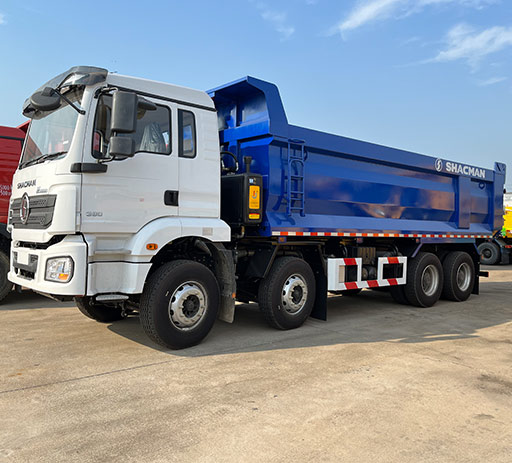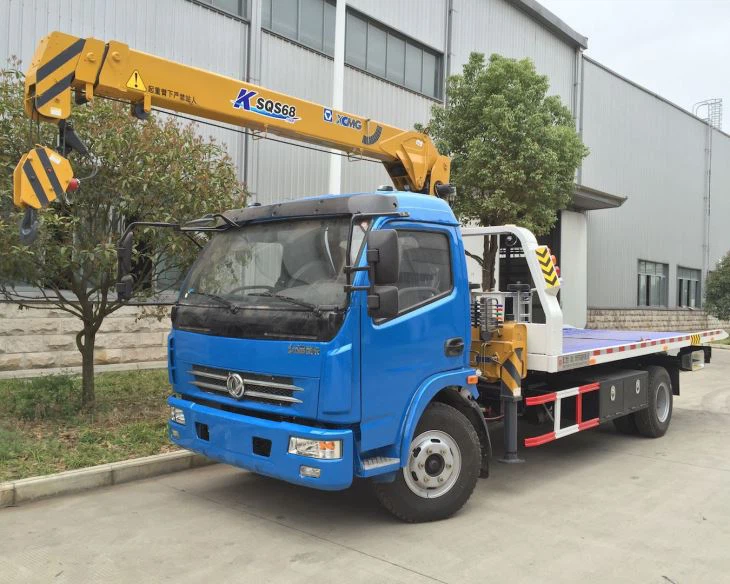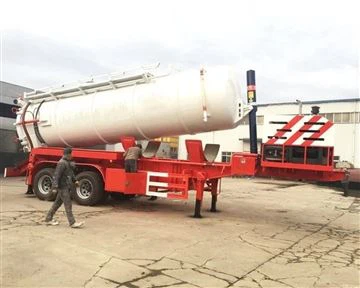Front load garbage trucks are essential for efficient waste management in urban and suburban settings. Understanding their dimensions is crucial for waste management companies, municipalities, and even consumers seeking to know how these vehicles fit into logistical planning. This article delves into the dimensions of front load garbage trucks, their implications for operations, and practical tips for choosing the right truck.
1. What are Front Load Garbage Trucks?
Front load garbage trucks are specially designed vehicles used primarily for collecting waste and recyclables. They feature a front-mounted loading design, allowing operators to dump waste containers directly into the truck’s hopper. This design promotes efficiency and speed in waste collection.
2. Key Dimensions of Front Load Garbage Trucks
Dimensions vary by manufacturer and model, but several standard measurements are worth noting:
2.1. Overall Length
The overall length of front load garbage trucks generally ranges from 20 to 30 feet. The length is important for maneuverability, especially in tight urban spaces.
2.2. Overall Width
The width commonly ranges between 8 and 10 feet. A wider truck can collect from larger waste bins but may struggle to navigate narrow alleyways.
2.3. Overall Height
The overall height typically falls between 10 and 12 feet. This height can affect the truck’s accessibility to low-clearance areas such as bridges and canopies.
2.4. Wheelbase
Wheelbase measurements are usually between 12 and 20 feet, which can influence handling and stability on various terrains.
2.5. Capacity
The capacity of front load garbage trucks is a critical dimension, often measured in cubic yards. The capacity typically ranges from 10 to 40 cubic yards. The choice largely depends on the application, whether for residential, commercial, or industrial waste collection.
3. Importance of Dimensions in Waste Management
Understanding the dimensions of front load garbage trucks is essential for several reasons:
3.1. Efficiency in Collection
A properly sized truck ensures efficient waste collection, reducing the number of trips required to empty bins and optimizing routes.
3.2. Compatibility with Waste Bins
Knowing the truck dimensions helps determine compatibility with standard-sized waste bins, preventing operational delays.
3.3. Operational Limits
Some areas may have regulations on vehicle dimensions. Ensuring compliance helps avoid fines and operational delays.
3.3.1. Weight Limits
It is also critical to consider the weight limits that local roads can handle. Exceeding these limits can lead to damage and legal penalties.
4. Choosing the Right Front Load Garbage Truck
4.1. Assess Your Needs
Identify the specific requirements based on the volume of waste generated. Are you servicing residential areas, commercial establishments, or industrial sites? Each situation has different demands.
4.2. Pay Attention to Dimensions
Ensure the dimensions align with your operational requirements. And take special note of height and width, especially for urban routes.
4.3. Cost vs. Benefit Analysis
While purchasing larger trucks may seem advantageous due to increased capacity, consider the associated costs and operational difficulties.

5. Practical Examples of Front Load Garbage Truck Dimensions
| Truck Model | Overall Length (ft) | Overall Width (ft) | Overall Height (ft) | Capacity (cubic yards) |
|---|---|---|---|---|
| Model A | 25 | 8.5 | 11 | 30 |
| Model B | 22 | 8 | 10 | 20 |
| Model C | 28 | 9 | 12 | 40 |
6. Maintenance Considerations for Front Load Garbage Trucks
Regular maintenance is essential to ensuring the efficiency and longevity of front load garbage trucks:
6.1. Regular Inspection
Inspecting brake systems, tires, and hydraulic lifts helps prevent costly breakdowns.
6.2. Scheduling Maintenance
Establish a routine maintenance schedule to keep the vehicle in optimal condition. This prolongs the lifespan of critical components.
6.3. Proper Training for Operators
Ensure that the operators are well-trained, as improper handling can lead to accidents and damage.
7. Environmental Impact of Front Load Garbage Trucks
Front load garbage trucks can have both positive and negative environmental impacts:
7.1. Positive Operations
The efficiency of front load garbage trucks can lead to reduced fuel consumption per ton of waste collected compared to other types of trucks.

7.2. Emission Challenges
However, older models may still use diesel, contributing to emissions. Investing in newer, eco-friendly models can mitigate this.
8. The Future of Front Load Garbage Trucks
The waste management industry continuously evolves, affecting the design and functionality of front load garbage trucks:
8.1. Electric Front Load Trucks
There’s a growing trend towards electric front load garbage trucks designed to reduce emissions and operational costs.
8.2. Technological Innovations
Incorporating AI and automation technology can streamline waste collection processes and improve efficiency.
8.3. Data Analytics
Real-time data collection and analytics help in optimizing routes and scheduling maintenance, which can lead to cost savings.
9. Frequently Asked Questions
9.1. How do the dimensions of front load garbage trucks affect their performance?

The dimensions impact the truck’s maneuverability, capacity, and efficiency. A well-sized truck can optimize collection routes and ensure thorough waste management.
9.2. Are there standard dimensions for front load garbage trucks?
While there are common ranges for dimensions across different models, specific measurements can vary by manufacturer.
9.3. Can front load garbage trucks be modified?
Yes, trucks can be modified in terms of capacity or equipment to fit specific operational requirements, but it may require consultation with manufacturers.
9.4. What factors should be considered when purchasing a front load garbage truck?
Consider dimension requirements, waste collection needs, budget, and potential environmental impacts when making a purchase.
9.5. How do I know if a front load garbage truck meets local regulations?
Consult local transportation and waste management regulations to ensure compliance regarding dimensions, weight limits, and emissions standards.
9.6. What is the typical lifespan of a front load garbage truck?
With proper maintenance, a front load garbage truck can last between 10 to 15 years, depending on usage and care.